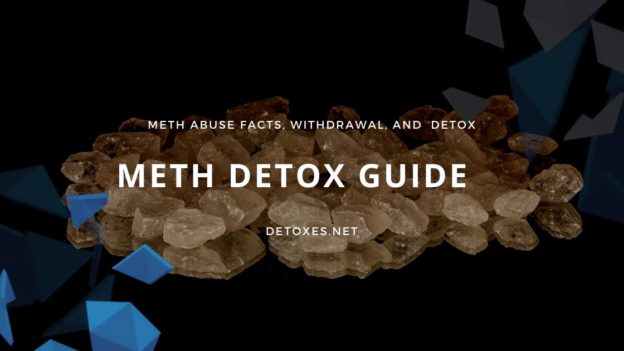Methamphetamine is known by a variety of slang terms, including “glass”, “blade”, “crystal meth”, “quartz” and “ice” amongst others. From the early 20th century, it was developed from amphetamine (National Institute on Drug Abuse, 2013). Pharmaceutical methamphetamine is used in medicines that treat Attention Deficit Hyperactivity Disorder (ADHD) as well as obesity or narcolepsy. When prescribed, it is classified as a Schedule II stimulant.
Crystal meth is a heavily concentrated, crystallized form of methamphetamine that can be smoked or injected intravenously. It is manufactured illegally in “laboratories” from ephedrine or pseudo-ephedrine. Both of these aforementioned substances are usually prescribed in drugs aimed at decongestion (Ciccarone, 2011).
According to statistics from the National Institute on Drug Abuse (2013):
- In 2012, approximately 1.2 million people reported using methamphetamine in the past year
- It was the fourth most common illegal drug regarding emergency department visits
- It shows regional variation in the United States. For example, it ranked first in drug-related treatment admissions in Hawaii and San Diego, second in San Franciso and third in Phoenix and Denver.
Methamphetamines is a powerful stimulant. Unlike cocaine, which is a short-acting drug, methamphetamines produce a long-lasting high. It increases dopamine release in the brain and, like cocaine, blocks dopamine re-uptake (Gouzoulis-Mayfrank et al., 2017). The net effect is euphoria or a “high.” People abusing this drug may display the following behavior (National Institute on Drug Abuse, 2013):
- Dilated pupils
- Anxiety or panic
- Violence
- Paranoia
- Seizures
- Euphoria
- Nausea and vomiting
- Increased blood pressure, body temperature and heart rate
Long-term use of methamphetamines is what the news often shows pictures of. These addicts suffer from weight loss, severe tooth decay and tooth loss (infamous “meth mouth”) as well as jaw clenching. These unsightly signs and symptoms are caused by a combination of poor nutrition, poor dental hygiene as well as teeth grinding. Long-term sufferers may also experience psychosis with hallucinations (National Institute on Drug Abuse, 2013).




